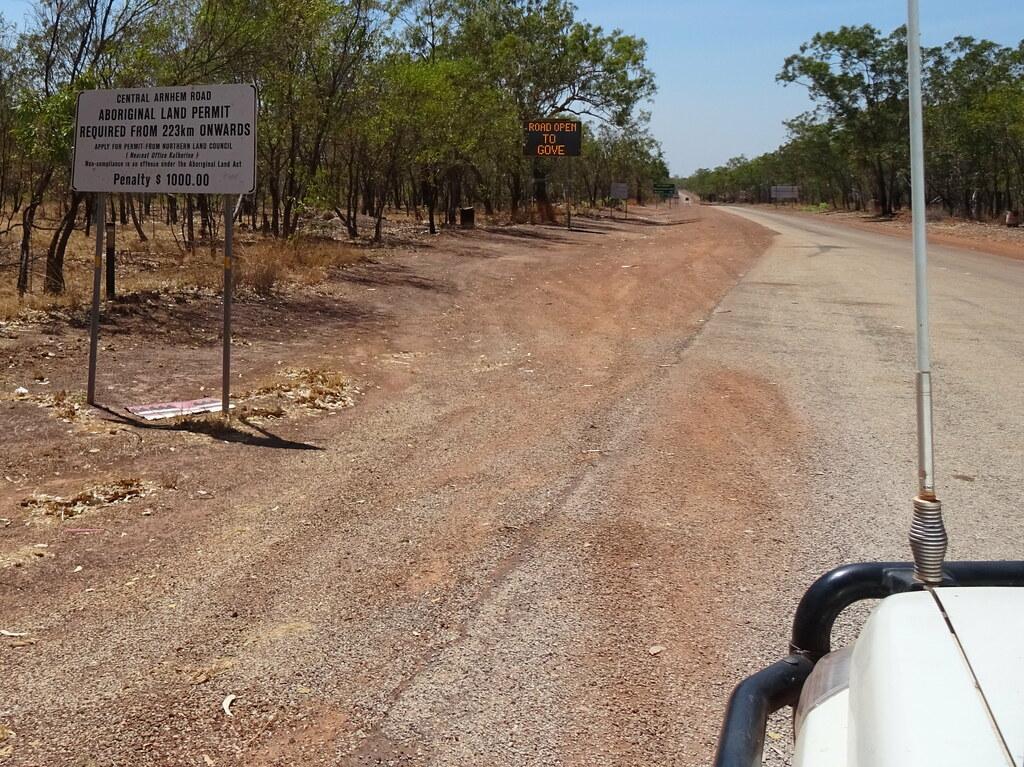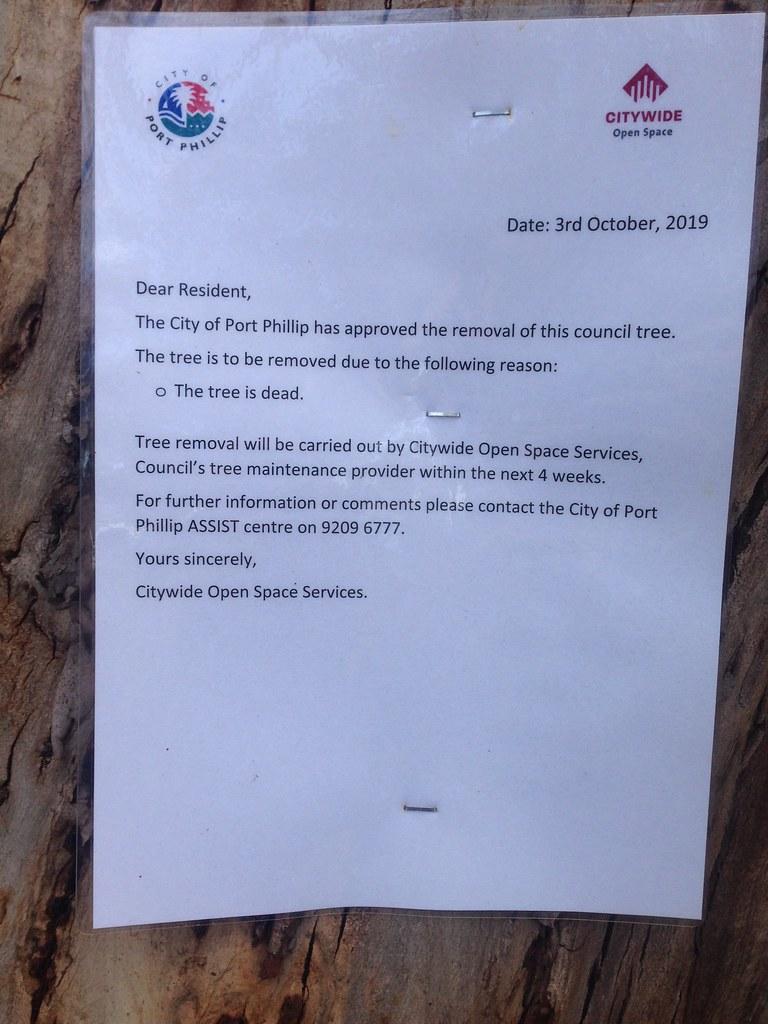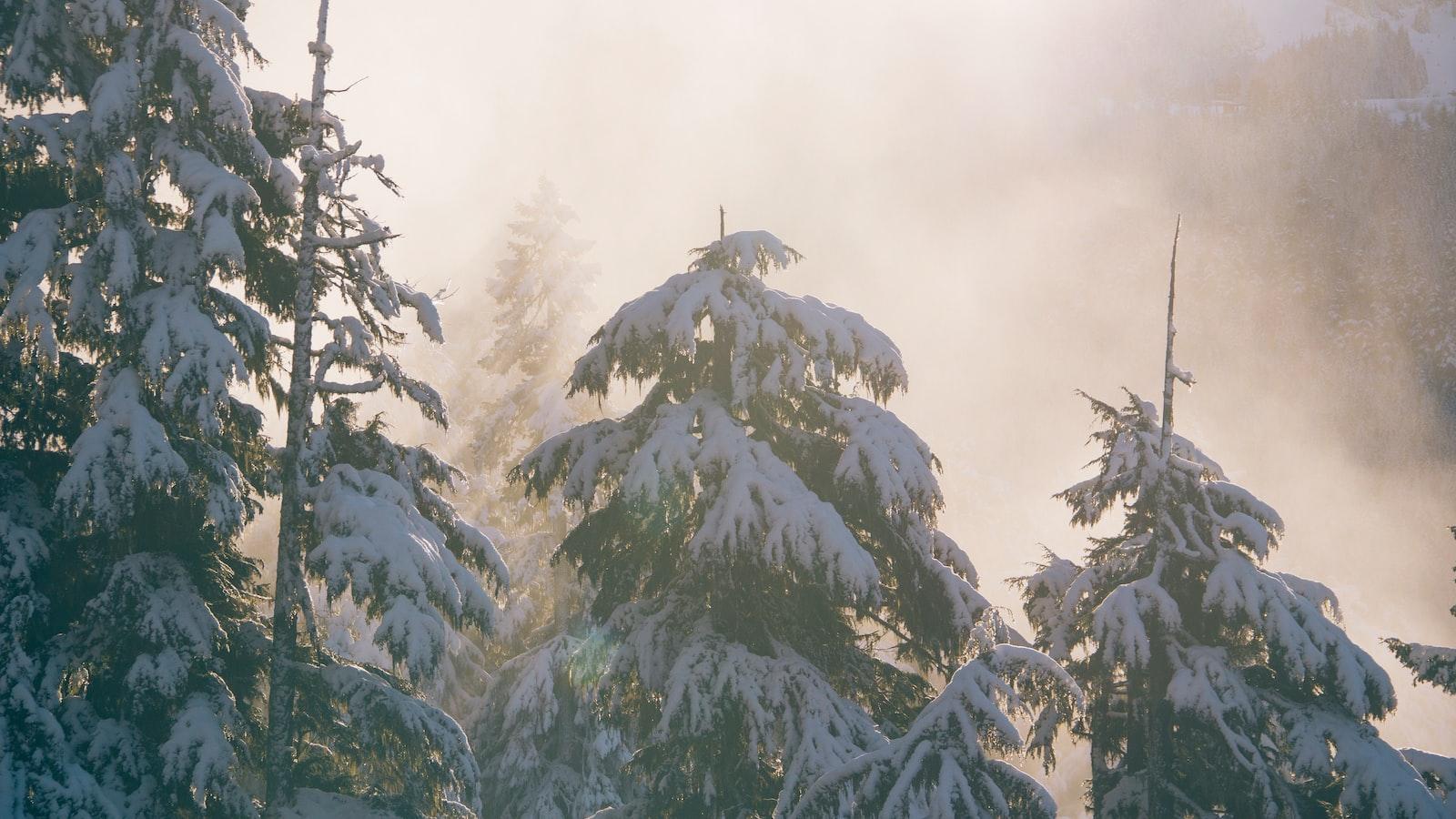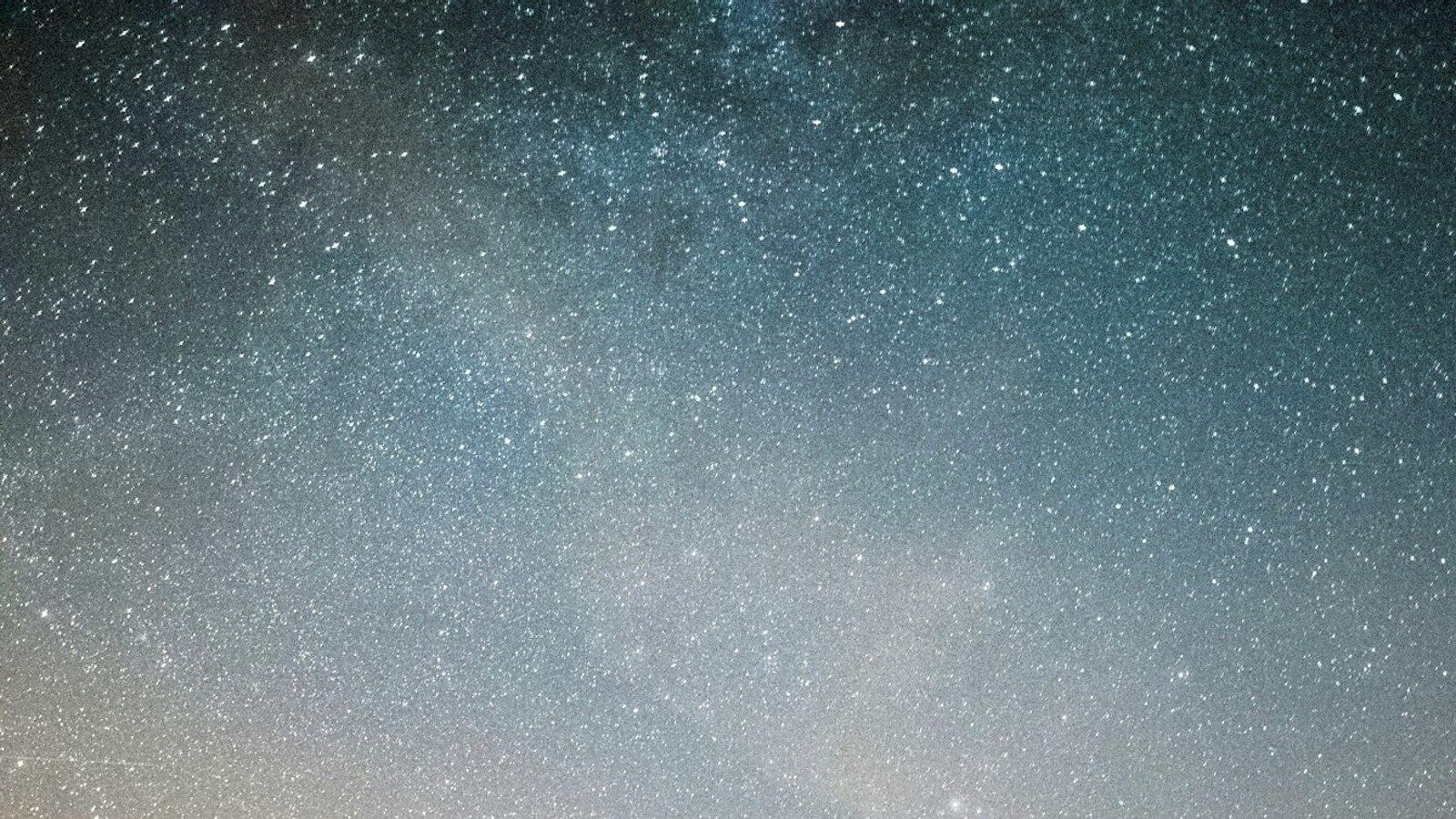Council tree permits can be a cause of confusion and frustration for many individuals and businesses alike. Whether you are planning to remove, prune, or relocate a tree, understanding the ins and outs of council tree permits is essential to ensure compliance with local regulations. This comprehensive guide aims to shed light on the intricate details of council tree permits, providing a step-by-step overview and practical tips to help you navigate through the complex process. From deciphering permit requirements to understanding the documentation and fees involved, this article aims to serve as a valuable resource, empowering you to make informed decisions and successfully navigate the often perplexing world of council tree permits.
Table of Contents
- Navigating Council Tree Permits: An Introduction
- Understanding Council Tree Permits and Their Purpose
- The Application Process for Council Tree Permits
- Important Considerations for Council Tree Permit Applications
- Tips for a Successful Council Tree Permit Application
- Navigating Council Tree Removal Permits: Key Requirements and Restrictions
- Guidelines for Safely and Responsibly Removing Council Trees
- Reviewing Council Tree Permit Denials: Options and Alternatives
- Q&A
- Conclusion

Navigating Council Tree Permits: An Introduction
Council Tree permits are an essential aspect of property ownership and development, especially when it comes to tree preservation and conservation. Understanding the ins and outs of Council Tree permits is crucial to ensuring compliance with local regulations and maintaining the ecological balance of your property.
When it comes to Council Tree permits, there are several key factors to consider. First and foremost, it is important to know whether you need a permit in the first place. Different jurisdictions may have different rules and regulations regarding tree removal or pruning. Consulting with your local council or arborist is a good first step to determine whether a permit is required for your specific situation.
Once you have established that a Council Tree permit is necessary, you will need to gather relevant information and complete the application process. This typically involves providing details such as the location of the trees, their species, size, and condition. It is also important to outline the reasons for tree removal or any proposed pruning activities. By being thorough and providing accurate information in your application, you increase your chances of obtaining the necessary permit without delays.
In addition to the application process, it is crucial to familiarize yourself with any specific guidelines or restrictions imposed by your local council. These guidelines often include information on proper tree care, preservation, and protection during construction activities. Compliance with these guidelines not only ensures you remain within the legal boundaries but also contributes to the preservation of the environment and the health of your trees.
In conclusion, navigating Council Tree permits can be a complex process, but with the right information and adherence to local regulations, it becomes manageable. From understanding whether a permit is needed to gathering the necessary information and complying with local guidelines, each step is important in preserving the natural beauty and ecological balance of your property. Stay tuned for the next sections of our comprehensive guide to Council Tree permits, where we will dive deeper into the application process, common mistakes to avoid, and tips for successful permit acquisition.
Understanding Council Tree Permits and Their Purpose
Council Tree Permits are an essential part of maintaining a healthy urban forest and preserving the beauty of our neighborhoods. These permits act as official authorization from the local government allowing individuals or organizations to remove or prune trees on public property. While it may seem like a bureaucratic process, Council Tree Permits serve a crucial purpose in ensuring that tree removal or pruning is done responsibly and in accordance with the guidelines set by local authorities.
One important aspect to understand about Council Tree Permits is that they are not a blanket permission to cut down or trim any tree. Each permit is specific to a particular tree, addressing concerns such as size, species, and condition. This level of detail ensures that only trees presenting safety risks, obstructing public infrastructure, or posing a threat to the health of surrounding vegetation are targeted.
Obtaining a Council Tree Permit involves a systematic process that emphasizes the importance of proper tree care. Firstly, applicants must accurately identify the tree in question, with relevant details such as its location and dimensions. This helps the authorities assess the validity of the request and determine any potential impact on the local environment. Additionally, applicants need to provide a valid reason for seeking tree removal or pruning, such as disease control, structural stability, or branch overhang prevention. These resources are valuable for maintaining the overall health and longevity of urban trees, enhancing the safety of public spaces, and preserving the scenic beauty of our neighborhoods.
In conclusion, Council Tree Permits are more than just paperwork. They play a vital role in ensuring that tree removal or pruning on public property is done in a responsible and sustainable manner. By adhering to the guidelines set forth by local authorities, we can maintain the health and beauty of our urban forests for generations to come. So, whether you’re a homeowner looking to prune a tree or a contractor needing to remove a potentially hazardous one, understanding Council Tree Permits is crucial to navigate the process successfully and contribute to the preservation of our urban green spaces.
The Application Process for Council Tree Permits
Once you’ve decided to undertake a project involving council tree permits, you’ll need to navigate the application process to ensure a smooth and successful endeavor. Understanding the steps involved and the necessary documentation will help you stay organized and prepared.
1. Research and Gather Information: Begin by researching the specific requirements and guidelines for obtaining a council tree permit in your area. Each jurisdiction may have different regulations, so it’s important to familiarize yourself with the local rules. This information can usually be found on the official website of your local government or planning department. Take note of any specific forms or documents that are required for the application.
2. Fill Out the Application: Once you have gathered all the necessary information, it’s time to fill out the application form. Make sure to provide accurate and complete details about your project, such as the location, type of tree(s) involved, and the proposed work to be done. Include any supporting documents or plans, such as arborist reports or design sketches, that may be required. Double-check everything before submitting the application to ensure there are no errors or missing information.
3. Pay the Required Fees: In many cases, council tree permits are subject to fees. These fees help cover the administrative costs associated with processing the application. Make sure to include the applicable fee with your application and keep a record of the payment. Some jurisdictions may also require a security deposit, which will be refunded upon successful completion of the project and compliance with permit conditions.
4. Await Approval: After submitting your completed application, it’s time to wait for approval. The processing time may vary depending on the jurisdiction and the complexity of your project. During this waiting period, it’s essential to refrain from any tree-related work until you have received official approval. Once you have obtained the permit, make sure to familiarize yourself with the conditions, any necessary inspections, or ongoing monitoring that may be required.
5. Start Your Project: With the council tree permit in hand and the necessary approvals, you can begin your project. Make sure to follow all the conditions outlined in the permit, including adherence to work schedules, proper disposal of tree debris, and compliance with safety regulations. Keep records of any inspections, progress reports, or other documentation related to the project as they may be requested during or after completion.
By understanding and following , you can ensure a smooth and efficient journey towards realizing your project goals. Remember to stay informed, provide accurate information, pay the required fees, and adhere to all permit conditions. By doing so, you’ll be on your way to successfully navigating the world of council tree permits.
Important Considerations for Council Tree Permit Applications
When it comes to Council Tree Permit applications, there are several important considerations to keep in mind. Understanding these considerations can help ensure a smooth process and increase your chances of obtaining the necessary permits for your tree-related projects. Here are two key points to consider:
1. Compliance with Local Regulations: Before submitting a Council Tree Permit application, it is crucial to thoroughly research and understand the local regulations pertaining to tree removal or modifications. Different municipalities may have varying rules and requirements, such as size limitations, property line setbacks, or protected species considerations. By being well-informed about these regulations, you can ensure that your application meets all the necessary criteria, avoiding delays or rejections.
2. Environmental Impact Assessment: In many cases, Council Tree Permits require an environmental impact assessment to evaluate the potential ecological effects of your proposed project. This assessment typically includes an evaluation of factors such as the tree’s health, its role in the ecosystem, and the potential impact on surrounding vegetation. Providing detailed information and supporting documentation about these factors can strengthen your application and demonstrate your commitment to environmental responsibility.
It is important to note that these considerations are not exhaustive, and each project may have unique requirements based on its location, nature, and purpose. Consulting with arborists, local authorities, or tree preservation organizations can provide valuable insights and guidance throughout the application process.

Tips for a Successful Council Tree Permit Application
****
Once you have decided to apply for a Council Tree Permit, it is important to understand the intricacies involved in the process. Here are some invaluable tips to help you navigate the ins and outs of obtaining a successful Council Tree Permit:
1. **Familiarize Yourself with Local Regulations**: Before diving into the application process, it is essential to research and understand the specific regulations and requirements set by your local council. This will give you a clear understanding of what is expected of you and what documents you need to gather for your application.
2. **Gather Comprehensive Documentation**: A successful Council Tree Permit application requires thorough documentation. To ensure a smooth process, gather all necessary documents, such as property plans, tree preservation plans, and any other relevant information required by your council. Take the time to organize these documents in a logical and easy-to-reference manner.
3. **Engage the Services of a Professional Arborist**: If you find the application process overwhelming or have concerns about navigating it on your own, consider engaging the services of a professional arborist. These experts specialize in tree preservation and can provide valuable guidance on preparing your application, conducting an arboricultural impact assessment, and ensuring compliance with local regulations.
4. **Submit a Detailed Tree Preservation Plan**: A crucial component of a successful Council Tree Permit application is a well-structured tree preservation plan. This plan outlines how you intend to protect and maintain the trees on the proposed development site. Be sure to include information about the proposed tree protection methods, any required tree removals, and a schedule for ongoing tree management once the development is complete.
5. **Communicate with Relevant Stakeholders**: Throughout the application process, it is essential to maintain open lines of communication with all relevant stakeholders, including your local council, neighbors, and any community groups concerned with tree preservation. By fostering positive relationships and addressing concerns proactively, you can increase the likelihood of a successful permit application.
Remember, obtaining a Council Tree Permit requires adherence to local regulations, comprehensive documentation, and open communication with stakeholders. By following these tips, you can navigate the application process with confidence and increase your chances of securing a successful permit. Good luck on your tree preservation journey!
“`html
| 1. Familiarize Yourself with Local Regulations |
| 2. Gather Comprehensive Documentation |
| 3. Engage the Services of a Professional Arborist |
| 4. Submit a Detailed Tree Preservation Plan |
| 5. Communicate with Relevant Stakeholders |
“`
Navigating Council Tree Removal Permits: Key Requirements and Restrictions
One of the essential steps when it comes to tree removal in Council Tree is obtaining the necessary permits. These permits ensure that the removal process is conducted legally, responsibly, and in line with local regulations. Understanding the key requirements and restrictions associated with Council Tree permits is crucial for anyone looking to remove trees within the area.
First and foremost, it’s vital to familiarize yourself with the specific regulations set forth by the local Council Tree authorities. Each jurisdiction may have different rules and requirements for tree removal permits. Some common factors considered include the size and type of the tree, its health, and the reason for removal. It is important to consult the local council’s website or reach out to their designated department to obtain the most accurate and up-to-date information.
In addition to understanding the regulations, it is essential to gather the necessary documentation and submit it along with your application. This typically includes details about the property, such as the address, your contact information, and any relevant plans or specifications related to the tree removal. It is recommended to consult with a certified arborist or a tree removal professional who can help you gather the required information and navigate the application process smoothly.
Remember, compliance with Council Tree permits is imperative to avoid hefty fines and legal repercussions. By following the key requirements and restrictions, you can ensure a smooth approval process and carry out any necessary tree removal with peace of mind. Plan ahead, gather the necessary documentation, and consult with professionals to navigate the ins and outs of Council Tree permits successfully.
Key Takeaways:
- Familiarize yourself with the specific regulations set forth by the local Council Tree authorities.
- Gather the necessary documentation and submit it along with your application.
- Consult with a certified arborist or a tree removal professional to navigate the process smoothly.
- Complying with Council Tree permits is crucial to avoid fines and legal repercussions.

Guidelines for Safely and Responsibly Removing Council Trees
:
When it comes to removing council trees, there are important guidelines that must be followed to ensure safety and responsibility. These guidelines aim to protect both the environment and individuals involved in the tree removal process.
1. Obtain the necessary permits: Before removing a council tree, it is crucial to obtain the required permits from the local authorities. This ensures compliance with regulations and helps prevent any legal issues that may arise. Contact your local council or visit their website to find out the specific requirements for obtaining a tree removal permit.
2. Hire professionals: Removing council trees can be a complex and potentially dangerous task. It is highly recommended to hire professional tree removal services to handle the job. These experts have the knowledge, skills, and equipment to safely and efficiently remove trees, minimizing the risk of accidents and damage to property.
3. Assess the tree’s condition: Before proceeding with the removal, it is important to assess the condition of the council tree. Determine if the tree poses a risk to its surroundings, such as nearby buildings or power lines. If the tree is healthy and does not present any immediate danger, consider exploring alternative options, such as pruning or tree preservation.
4. Plan ahead: Tree removal should be carefully planned to ensure a smooth and efficient process. Consider factors such as the tree’s height, location, and accessibility. Develop a detailed plan that includes the necessary equipment, safety precautions, and disposal methods for the tree and its branches.
5. Dispose of the tree responsibly: Proper disposal of the council tree is essential to minimize its environmental impact. Contact local recycling centers or waste management facilities to inquire about green waste disposal options. Recycling the wood or using it for mulch can be a sustainable way to dispose of the tree’s remains.
By following these guidelines, you can navigate the ins and outs of council tree permits and ensure the safe and responsible removal of council trees. Remember to always prioritize safety, seek professional assistance when needed, and dispose of the tree responsibly to contribute to a sustainable environment.
Note: The information provided in this post is for informational purposes only and should not be considered as professional advice. Always consult with local authorities and professionals in the field for specific guidelines and recommendations.
Reviewing Council Tree Permit Denials: Options and Alternatives
When it comes to navigating the ins and outs of Council Tree permits, understanding the options and alternatives available to you is crucial. As a property owner or developer, it can be disheartening to receive a tree permit denial. However, it’s important to remember that there are steps you can take to appeal the decision or explore alternative solutions.
One option to consider is requesting a formal review of the permit denial. Contact the relevant department or agency responsible for issuing tree permits in your area to understand the review process and requirements. Prepare a well-documented case outlining any mitigating circumstances, such as the necessity of tree removal due to safety concerns or building construction requirements. Clearly present supporting evidence, such as photos, arborist reports, or expert opinions, to strengthen your case. By doing so, you demonstrate your commitment to responsible tree management while emphasizing the importance of your project or property needs.
In addition to appealing the tree permit denial, exploring alternative solutions can offer viable options. For instance, you may want to consult with an arborist or tree care professional to evaluate the health and condition of the tree in question. Their expertise can help determine whether it is possible to preserve the tree while still achieving your project goals. If preservation is not feasible, you can explore the possibility of transplanting the tree to another location within your property or making a commitment to planting replacement trees elsewhere to compensate for the loss.
Navigating Council Tree permits can be a complex process, especially when faced with a permit denial. By understanding your options and exploring alternatives, you can increase your chances of finding a favorable resolution. Remember to always approach the review process in a professional and respectful manner, providing clear and compelling evidence to support your case. In doing so, you demonstrate your commitment to environmental stewardship and responsible tree management, increasing the likelihood of a successful outcome.
Q&A
Q: What is a Council Tree Permit?
A: A Council Tree Permit is a formal authorization granted by the local council to property owners or authorized individuals to prune, remove, or perform any work involving trees within their jurisdiction.
Q: Why is obtaining a Council Tree Permit important?
A: Obtaining a Council Tree Permit is essential for adhering to local regulations and preserving the urban forest. It ensures that tree work is conducted safely and in compliance with relevant laws and guidelines.
Q: Who is responsible for applying for a Council Tree Permit?
A: The property owner or an authorized representative acting on their behalf is typically responsible for applying for a Council Tree Permit. It is advisable to consult local regulations for the specific requirements in your jurisdiction.
Q: What types of tree work require a Council Tree Permit?
A: Tree work that typically requires a Council Tree Permit includes pruning, removing, uprooting, or even planting new trees. Any action that significantly impacts the health of a tree or alters the landscape may necessitate a permit.
Q: How can one apply for a Council Tree Permit?
A: The application process for a Council Tree Permit varies by jurisdiction. Generally, it involves filling out an application form, providing relevant details about the tree work proposed, paying any applicable fees, and submitting the application to the local council or relevant authority.
Q: Are there any specific documents or information required when applying for a Council Tree Permit?
A: Yes, the specific requirements may vary, but often applicants are asked to provide a detailed description of the tree work, including the reasons for the proposed actions. Additionally, applicants may be required to submit tree survey reports, photographs, and sometimes an arborist’s assessment, depending on the nature of the work and local regulations.
Q: How long does it take to obtain a Council Tree Permit?
A: The processing time for a Council Tree Permit varies depending on the local council and the complexity of the application. Generally, it can take anywhere from a few days to several weeks. It is advisable to apply well in advance of the intended tree work to allow for processing time.
Q: Can a Council Tree Permit application be rejected?
A: Yes, in some cases, an application can be rejected. This may occur if the proposed tree work does not comply with local regulations or if it poses a risk to public safety or the environment. However, most councils provide applicants with an opportunity to modify their proposals to address any concerns before outright rejection.
Q: Are there any fines or penalties for conducting tree work without a Council Tree Permit?
A: Yes, conducting tree work without a Council Tree Permit can result in penalties, fines, or legal action. The severity of the consequences varies by jurisdiction, but it is always advisable to obtain the necessary permits to avoid any potential repercussions.
Q: Is it possible to appeal a Council Tree Permit decision?
A: Yes, it is typically possible to appeal a Council Tree Permit decision if an application is rejected or if specific conditions are imposed. The process for appealing may involve submitting additional documentation or providing evidence to support one’s case. It is essential to consult local regulations for the specific appeals process.
Q: Is there any professional assistance available when dealing with Council Tree Permits?
A: Yes, seeking the guidance of a certified arborist or a professional tree care company is highly recommended when navigating Council Tree Permits. These experts possess the knowledge and experience to assist with the application process, provide accurate assessments, and ensure compliance with local regulations for tree work.
Conclusion
In conclusion, navigating the ins and outs of council tree permits can be a complex process, but armed with the right information and guidance, it becomes manageable. This comprehensive guide has hopefully shed light on the various factors to consider, from understanding the importance of tree preservation to the intricacies of local regulations and permit application procedures.
Throughout this article, we have stressed the significance of responsible tree management, emphasizing the need to strike a balance between preserving our environment and meeting the demands of urban development. By following the outlined steps, seeking expert advice when required, and actively engaging with local authorities, individuals and organizations can mitigate potential conflicts and contribute to sustainable urban ecosystems.
Remember, every situation is unique, and it is crucial to stay informed with up-to-date regulations and permits specific to your locality. Municipal codes and processes evolve over time, so ongoing research and proactive engagement with relevant stakeholders are necessary to ensure compliance and avoid potential legal and financial repercussions.
Lastly, always remember to consider the long-term environmental impact when assessing whether or not to proceed with tree removal or modification. Trees not only provide numerous environmental benefits but also contribute to the overall beauty and well-being of our communities.
We hope that this comprehensive guide has proven enlightening and equipped you with the knowledge necessary to navigate council tree permits with confidence. By respecting local regulations, considering the environment, and promoting responsible tree management practices, we can all play a significant role in nurturing sustainable urban landscapes for generations to come.
Simpsons Tree Services, Servicing Melbourne’s North Eastern Suburbs
Book a quote online at www.simpsonstrees.com.au




